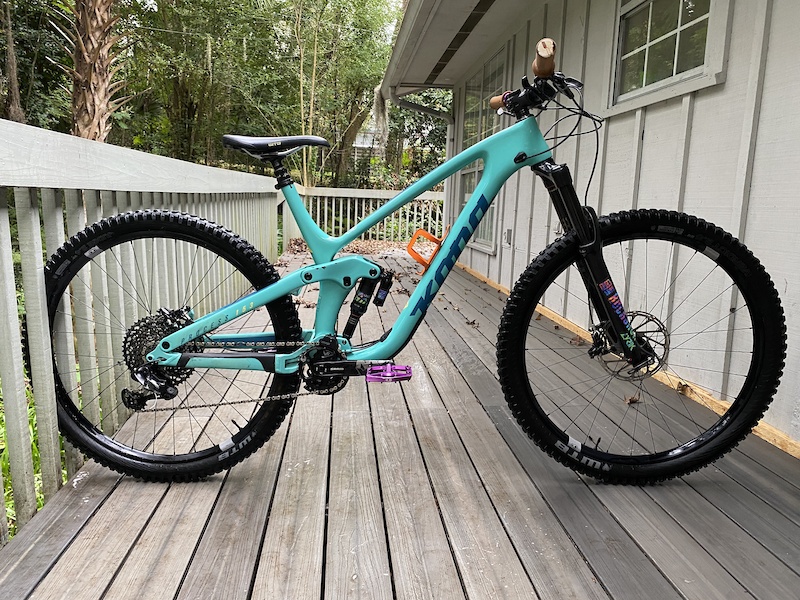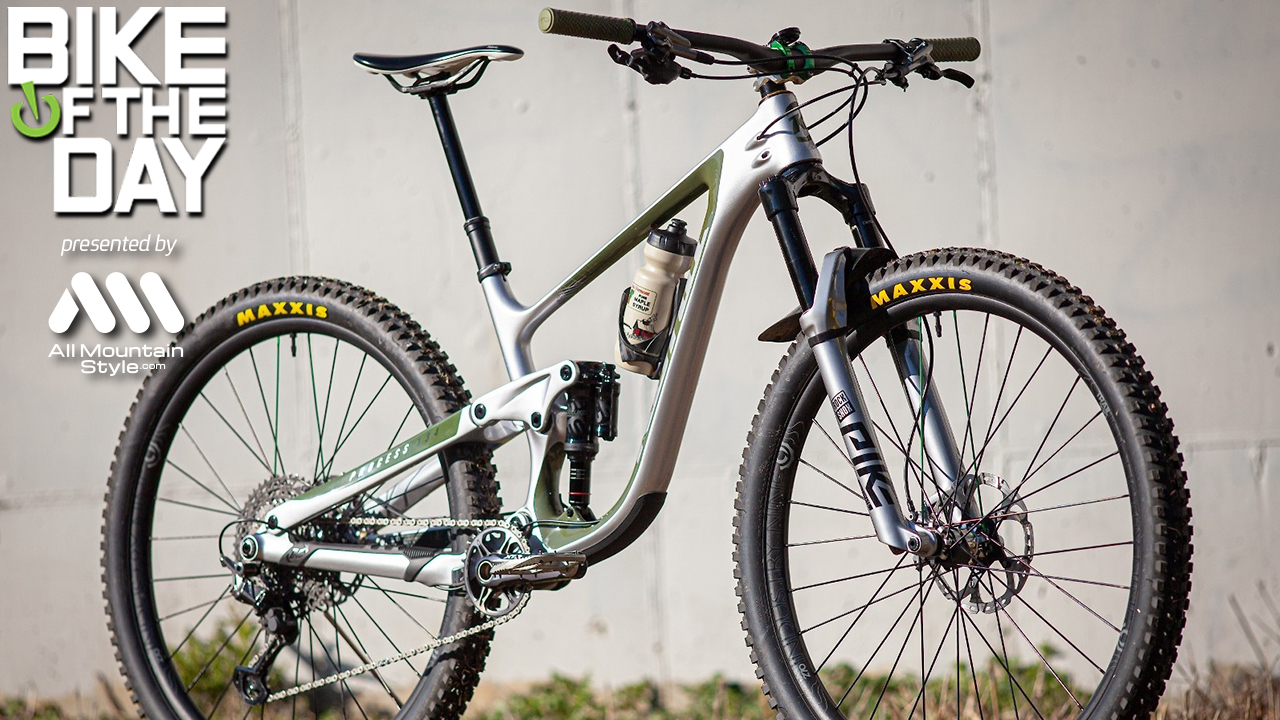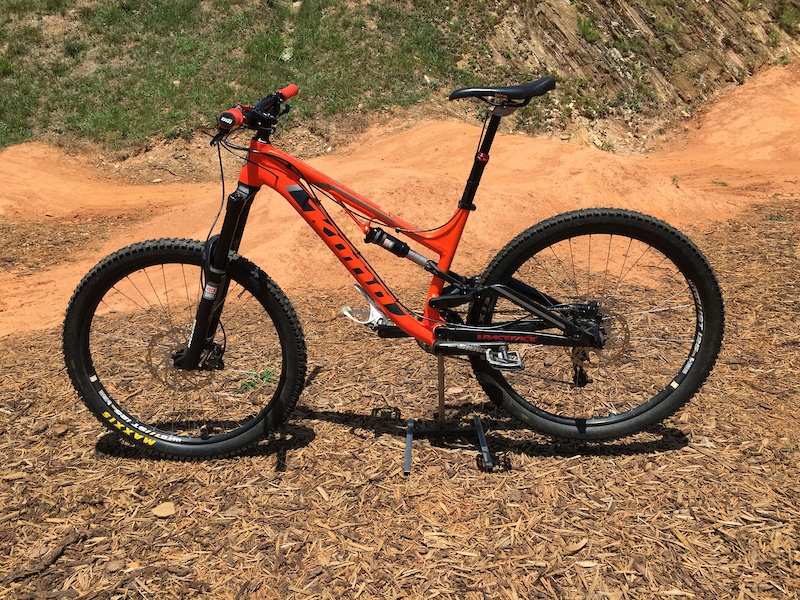

He is also a regular presenter on BikeRadar’s YouTube channel and the BikeRadar podcast.

Tom has written for BikeRadar, MBUK and Cycling Plus, and was previously technical editor of What Mountain Bike magazine. He has a particular focus on mountain bikes, but spends plenty of time on gravel bikes, too. Tom Marvin is a technical editor at and MBUK magazine. SRAM XO1 gears give a decent range and positive shifting between the 10-42t sprockets, meaning you’re rarely wondering whether the shift has completed, but the cranks are budget SRAM X1 1200s, which add to the high overall weight. Just-good-enough kit, but great fun overallĮlsewhere the Process’s kit is effective, if unremarkable. Three damping positions mean you can add a load of low-speed compression to make it a touch friendlier on tarmac pedalling sections. It’s good though that the Monarch is a simple shock to set up, so shouldn’t take too long to get dialled for your ride. The lack of length in the top tube also makes it relatively cramped, and should your climb be off road, that soft and supple suspension comes back to bite you in the ass. It’s not the lightest bike, and the heavy, grippy wheelset definitely plays against you.

With the shock locked out, it’s also a bit of a mission to winch the Process back up that hill you just sailed down. While its defending credentials are near-unimpeachable though, it’s fair to say that taking on rolling terrain aboard the Process is a bit of a slog, with the suspension wallowing into the midstroke, sucking efficiency and slackening the seat angle. The burly, traction-rich WTB/Maxxis rolling stock is fantastic on the downs The burly, traction-rich WTB/Maxxis rolling stock is fantastic on the downs, but helps make dragging the Process back up a bit of an effort: The burly, traction-rich WTB/Maxxis rolling stock is fantastic on the downs, but helps make dragging the Process back up a bit of an effort


 0 kommentar(er)
0 kommentar(er)
